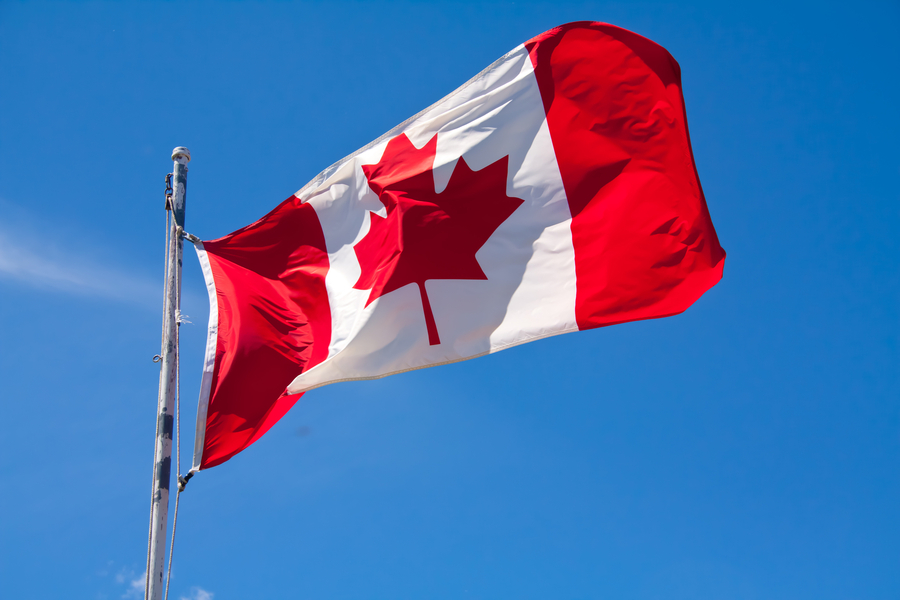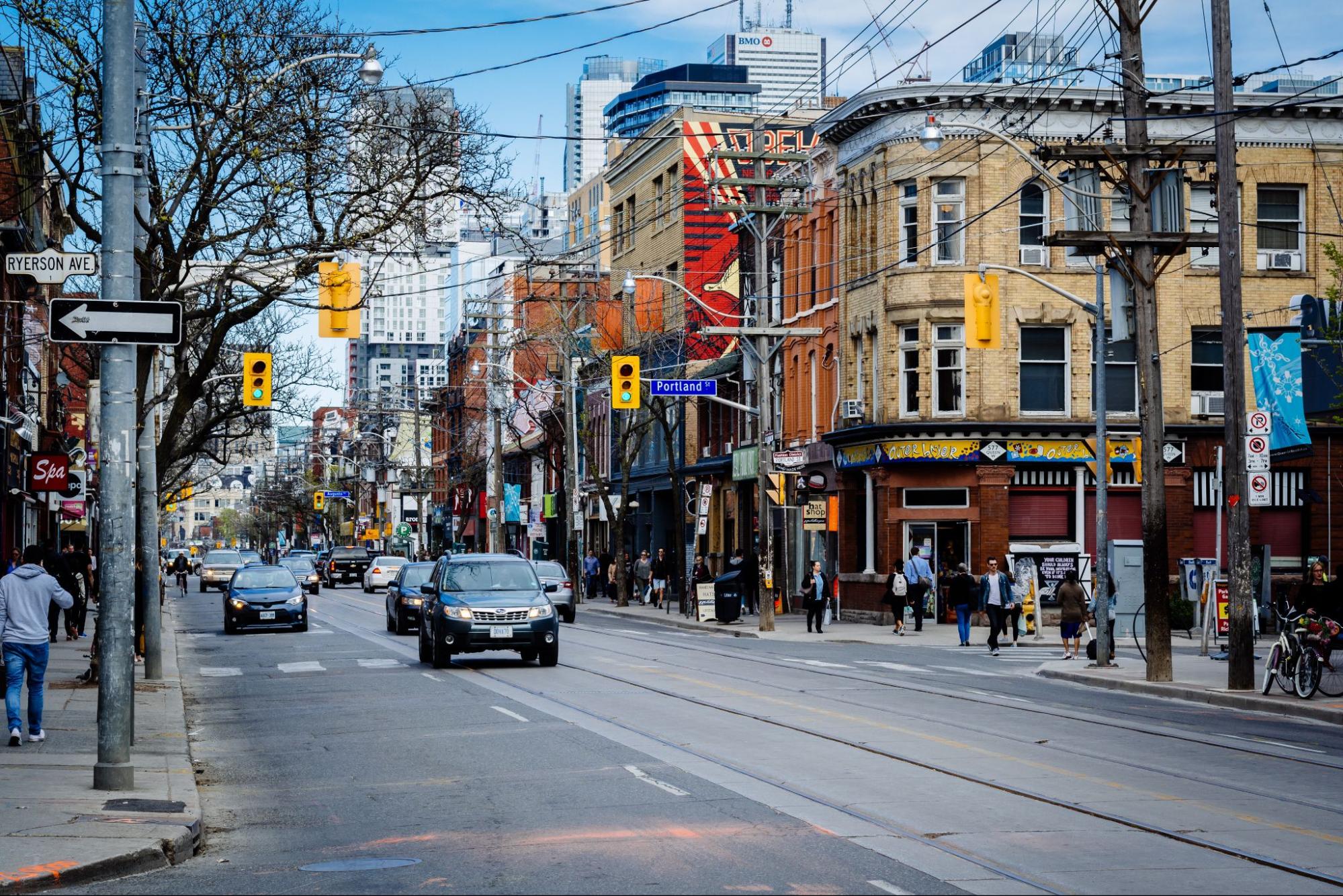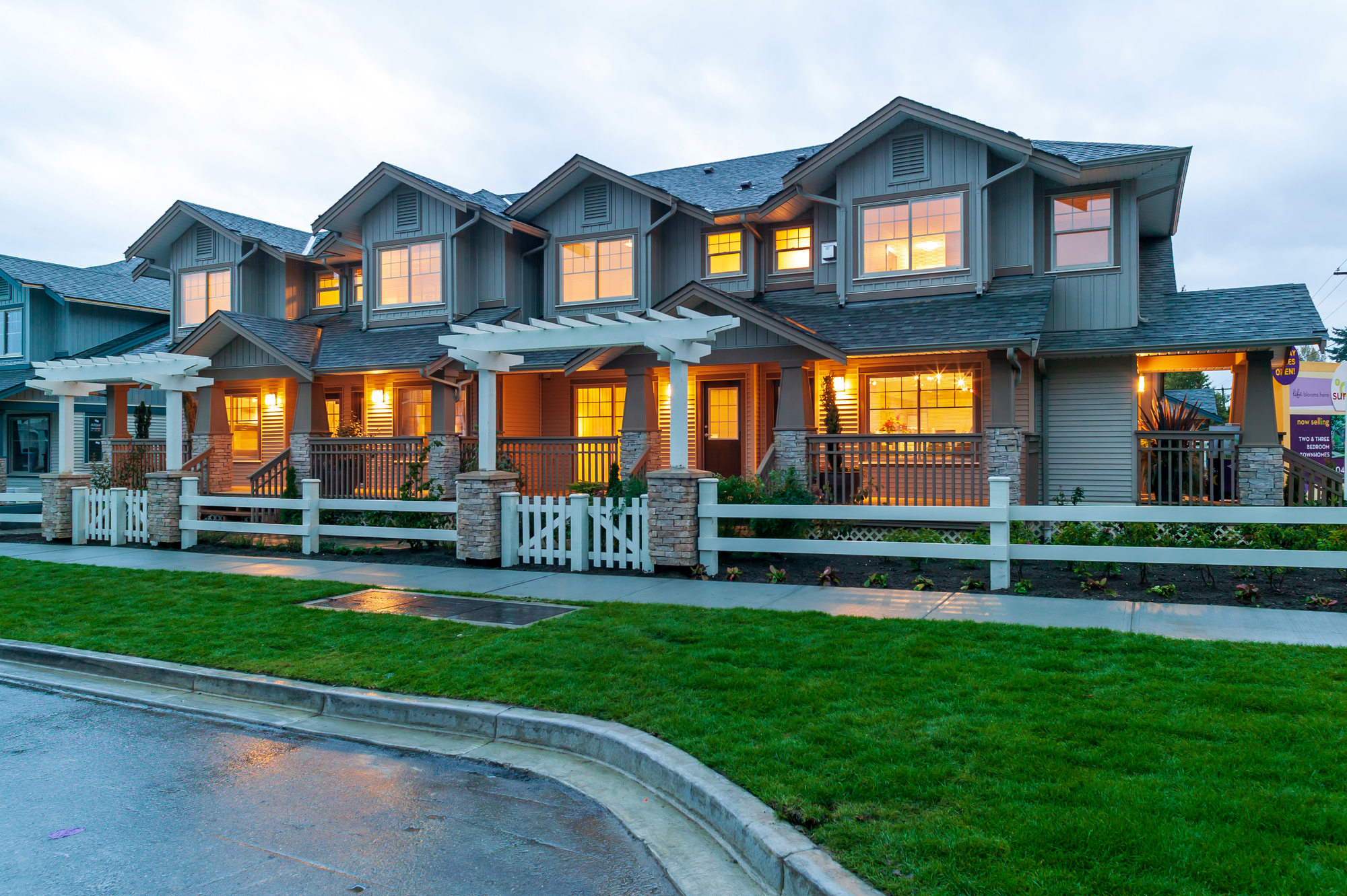While Canada is widely considered a great country to live in, there are many aspects of Canadian living that compare unfavourably with the rest of the developed world. One of the foremost problems Canada faces today is the cost of living crisis.
Immigrants coming to Canada seeking a better life often find that the insane monthly costs of living in any province can quickly outweigh the positive aspects of Canadian living. Among the most egregious examples of high living expenses in Canada are the in-store prices for food. Even in areas in close proximity to the US, the average monthly food cost can be significantly higher than it is across the border.
Keep reading to find details on the cost of living in Canada’s provinces and territories, as well as a breakdown of the cost of living in major Canadian cities.
Canada’s Average Monthly Costs Compared To The Rest Of The World
In order to find cost-per-month comparisons between Canadian provinces, it’s necessary to look at Canadians’ median household income. Although overall prices in the US are the same or higher, the median salary in the US is higher than in Canada, skewing the cost of living somewhat.
The Canadian cost of living is the 25th most expensive worldwide. Since there are over 100 countries, the ranking for Canada has become quite impressive. Some cities in Canada, such as Vancouver, consistently rank among some of the most expensive cities in the world to live in.
This isn’t so bad if you have the income to manage it, but with close to half a million immigrants coming into the country every year, wages are severely suppressed and the labour markets are strained. This also contributes to high housing costs due to chronically increased demand.
In 2021, Canada’s living costs were the 30th most costly on the planet. The pandemic, supply-chain issues, and inflation have caused high Canadian living costs most recently, but the issue of affordability in Canada is long-standing and complex.
Rent and Housing Costs In Canada
The CMHC provides an annual summary of average annual rental rates in Canada, and the most recent report shows that the average rental cost is higher in urban locations compared to less populated areas and urban areas.
Rents average $2730 per month throughout Canada. This price is anticipated to continue increasing dramatically in the coming years. Compared to the median monthly income of $3,142, this is a huge portion of monthly spending that most Canadians must dedicate just to living spaces.
The Cost of owning a house is much worse, especially in some areas. Although prices have begun to fall in the wake of rate hikes at the Bank of Canada, home prices in places like Toronto and Vancouver have a long way to go before they come back into the affordable range for the average Canadian.
In 2019, the Housing Affordability Index for Canada was sitting at 0.42, indicating that the average Canadian home-owning family would have to spend 42$ of their disposable income on housing-related expenses. This is the worst it has been since the 90s, just before the dot com crash.
The Average Monthly Cost Of Living In Canada: Comparison
Canada has a comparatively high national average cost of living, with many factors driving the expense. That being said, Canada has more happiness than most of America. The Great White North can be considered a good place to stay despite its high living costs.
The national average cost of living in Canada is increasing due to the present levels of inflation. Where you choose to live depends heavily on your understanding of how much it will cost you to live in various cities and provinces in comparison to the average and median income in those areas.
The cost of living may eventually have an impact on the net worth of the average person, so it is crucial to understand how much it costs to live compared to how much is earned. A person won’t be able to save as much money if the cost of living is high, which would slow the rise of their net worth.
The most expensive province to live in is currently Ontario. Alberta also has a high cost of living, but Alberta is also one of the most productive provinces in Canada in terms of GDP, and median incomes there are higher than in many other areas. By comparison, Saskatchewan is a significantly cheaper province to live in, but also boasts a higher median income than provinces like Ontario or British Columbia, where the costs of living are much higher.

Average Monthly Cost Of Living In Ontario
With more than 14.7 million residents, Ontario is the largest province in Canada and one of the most costly. Ontario has the highest housing cost compared to Canada’s national average, particularly in the Greater Toronto Area (GTA), where 48% of Ontarians reside.
Over the coming years, rising mortgage rates are predicted, which would raise many Ontarians’ cost of living.
With food, power, and communication services costing, respectively, $398, $104, and $169 on average, the province is able to offset its exorbitant rentals through its other more affordable prices.
Average Monthly Cost Of Living In Alberta
Alberta does not pay any provincial taxes on goods and has a higher average salary compared to Canada’s national average. Alberta offers an affordable way of life, with relatively modest rents and cheap gas prices. However, Albertans pay high prices when it comes to certain essential services like food and electricity.
Average Monthly Cost Of Living In Quebec
Quebec is currently ranked among the lower costing provinces of Canada. In addition to having some of the lowest rents compared to Canada’s national average, Quebec electric bills were significantly less than the nationwide median, with a 7.3 per kWh cost.
Despite being a relatively low-cost area to live in in Canada, Quebec is by far the most costly province in terms of equalization payments. In other words, Quebec receives more tax dollars for various provincial costs than it generates in revenue.
As a result of Quebec’s subsidized childcare system, the average monthly provincial charge for infant, toddler, and preschool care is $181. Accordingly, young families can have both parents work, with the additional revenue vastly outweighing the cheap cost. From a financial standpoint, this makes raising a family in Montreal and all of Quebec highly tempting.
Average Monthly Cost Of Living In Saskatchewan
Saskatchewan is one of the most affordable provinces for living and raising a family. These are the smallest household costs in Canada but electricity and food are at a high cost. Conversely, Saskatchewan also has one of the higher median incomes in Canada, higher than much more expensive areas like British Columbia and Ontario.
Living Costs In British Columbia
Given high real estate prices and the high cost of rent, housing cost is a particularly controversial topic when talking about the cost of living in BC. Indeed, BC is among the priciest provinces to live in across Canada.
Despite the high rents in Vancouver and BC, the cost of communication services and power is lower than the national average. With 12.6 cents per kilowatt-hour, $126 for 1000 kilowatt-hours, and $174 for phone, TV, and internet, the expensive rentals are made marginally more manageable.
Average Monthly Cost Of Living In Manitoba
Apart from major towns like Winnipeg, Manitoba is a rather rural province, and living expenses are consequently reasonable.
Compared to other major cities, Winnipeg has a fairly low housing cost. The cost of a bachelor flat is $786 per month, while a detached single-family home costs $1780.
In addition to a reasonable housing cost, electricity costs only 9.9 cents per kilowatt hour or $99 per month for an average of 1000 kilowatt hours. Additionally, at $175 per month, the price for communication services is a little less expensive than the national average.
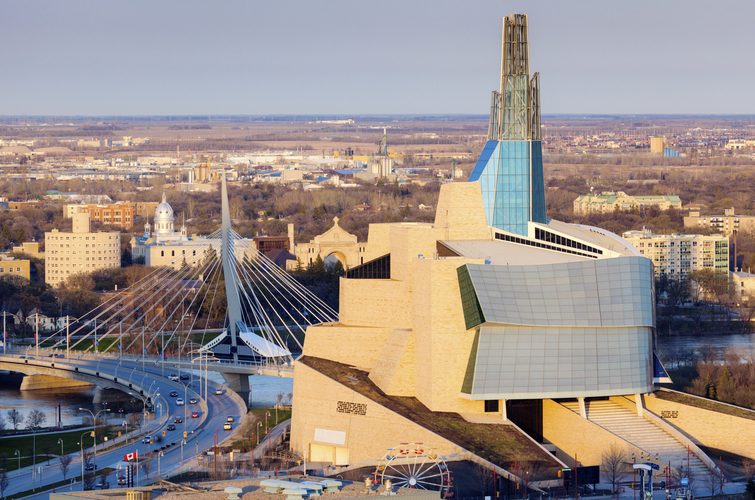
Cost Of Living In Nova Scotia
The cost of living in Nova Scotia is moderate despite having some of the lowest income levels in the entire country. The lower housing cost compared to provinces that are more populous and have a greater average salary is what drives this cheap cost of living.
Electricity prices are 17.1 cents per kWh or an average of $171 for 1000 kWh. In other words, Nova Scotia has one of the highest power prices in Canada. Additionally, monthly fees for communication services in Nova Scotia are around $180. In Halifax, this translates to a monthly housing expense of about $1,249 for a single person living in a bachelor-style flat.
Cost Of Living In New Brunswick
New Brunswick is one of the more affordable areas to live in Canada, along with the other provinces in Atlantic Canada. The towns of Fredericton, Saint John, and Moncton are the major cities of New Brunswick.
Electricity expenditures are around 12.7 cents per kWh or $127 for every 1000 kWh. The average price for communication services is $172, which is less expensive than the $176 national average. This results in a bachelor-style apartment dwelling for 1 person costing about $1,020 per month, with a one-bedroom apartment costing significantly more.
In New Brunswick, the monthly food costs are $329, of which $85 is spent at restaurants.
Cost Of Living On Prince Edward Island
The smallest province in Canada, PEI, features extremely affordable housing costs.
The price of electricity in Canada is 17.4 cents per kWh or $174 for every 1000 KW. The cost of communication services is likewise comparable, coming in at $177 monthly compared to $176 on average in Canada. A bachelor-style apartment would cost about $970 per month to rent for one person. Accordingly, a one-bedroom apartment often has a much higher cost.
The average monthly grocery costs in PEI are likewise quite low ($308 per person) when compared to the national average.
Cost Of Living In Newfoundland and Labrador
Despite having the highest unemployment rate among all Canadian provinces and a poorer economy than other provinces, Newfoundland and Labrador are fairly affordable places to live.
These are some of Canada’s most affordable rental prices. At 13.8 cents per kWh or $138 for every 1000 kWh, the province’s power prices are comparable to the national average for Canada. The same is true for communication services, where the monthly cost is $175 as opposed to $176 in Canada. For one person, a bachelor-style flat would cost about $1,047 per month.
Cost Of Living In Northwest Territories
The Northwest Territories is Canada’s second-largest province by land, covering 1,300,000 square kilometres, but it is also the least populous; home to only 40,000 people. The nation’s capital, Yellowknife, was established in 1934 as a result of good discovery and has since developed into a small but successful economic centre.
Although it is less expensive than in some other parts of Canada, rent in this region is still on the high side. A single person will have to pay $1,675 in the city centre and around $1,200 outside of it for a one-bedroom flat.
Families should expect to pay $2,600 per month for three-bedroom apartments in the city centre and about $2,100 outside. You should expect to pay between $250,000 and $400,000 if you decide to purchase a home.
Cost Of Living In Yukon Territory
Yukon has an average cost of living of around $1546, which is 1.12 times less expensive than Canada as a whole. The 9th most costly and 11th best state in Canada to live in is Yukon. Yukon’s average take-home pay after taxes is $4022, which is sufficient to pay for living expenses for 2.6 months.
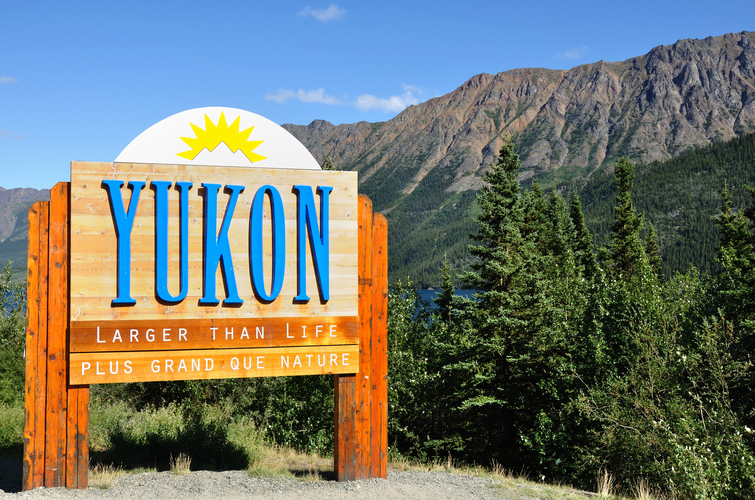
Cost Of Living In Nunavut
For a single renter, the average cost of living in Iqaluit is $3,369 per month. Housing costs, transportation, groceries, and entertainment are just a few of the many variables that go into calculating this average.
Construction average costs in Nunavut are three times as high as they are in the Greater Toronto Area. Although prices differ amongst communities in Nunavut, a new public housing unit typically costs between $400,000 and $550,000.
Cost Of Living In Canadian Major Cities
Knowing which provinces are cheaper or more expensive to live in can help you decide your future destination. Although some urban areas in Canada are very costly to live in, some high-quality inhabited areas are cheap for both families and individuals.
Most and Least Expensive Canadian Cities
While some areas are cheap, there are many expensive housing options in Canada. Vancouver is currently the second most expensive city behind Toronto. However, Vancouver’s popularity has increased in recent years. Vancouver is also one of the world’s highest-end cities, with many green initiatives and high-profile construction projects going on and planned for the future.
The City With the Highest Cost of Living in British Columbia
Vancouver is the second most expensive city outside Toronto. The city consistently ranks among the most expensive places to live in the world. Accordingly, it is the most expensive city to live in British Columbia, with monthly costs easily outpacing much of the rest of the province.
The City With the Lowest Cost of Living in British Columbia
Abbotsford is the lowest-costing city in British Columbia and is 3 percent lower than average. Abbotsford costs 17 per cent less than Vancouver.
The City With the Lowest Cost of Living in Alberta
Brooks – It’s an area in the southwest portion of Edmonton. This is about one percentage point less than the average cost. The costs of living at Brooks are very cheap compared to Calgary or elsewhere in Alberta.
The City With the Highest Cost of Living in Alberta
Calgary is the capital of Alberta and its most expensive city. It has over 1 million residents, as well as the highest housing costs compared to other Albertan towns. Calgary is the 3rd-largest city in Canada and costs more than 74 % more than any other city in Alberta.
The City With the Highest Cost of Living in Ontario
This, of course, would be Toronto, the most populous and one of the most costly Canadian cities to live in. Toronto frequently ranks among the world’s most costly cities to live in, much like Vancouver. In Toronto, the average selling price of a home is $1.2 million.
The City With the Lowest Cost of Living in Ontario
With a cost-of-living index of 66.11, Windsor has the lowest cost of living in all of Canada. It is a border city that is expanding, and Detroit, Michigan can be reached in about ten minutes. The city’s population diversity may be seen in its cultural and culinary offerings.
Windsor has excellent connectivity, including a local airport that primarily services domestic travel. The airport in Detroit is available to those who want to fly to additional locations, or they can take a shuttle bus to London, Hamilton, or Toronto and use the airports there.
The City With the Highest Cost of Living in Quebec
Living in Montreal isn’t as expensive as it is in some other cities, but it isn’t cheap either. Montreal ranks third among Canadian expensive cities in terms of cost of living according to Mercer’s annual Cost of Living Index. The estimated monthly expenses for a household of four in Montreal are $4,239.66. Without rent, the projected monthly expenses for a single individual are $1,148.94. When average monthly rent is excluded, Montreal is 10.41% less costly than Vancouver. In comparison to Vancouver, the average rent in Montreal is 43.26% lower.
The Canadian City With the Lowest Cost of Living in Quebec
The place to live in Quebec with a low cost of living is Sherbrooke. For comparison, this southern Quebec City is 20.81% less expensive than Toronto and 13% less expensive than Montreal. Additionally, rent is 68.36% less expensive than in Toronto, allowing you to stretch your money further. Without considering rent, the monthly cost of living for a single individual in Sherbrooke is only $924.89.

What Is The Driving Cost Of Living In Canada?
The leading causes of Canada’s high cost of living include high housing costs, soaring food costs, and high tax rates in some provinces. The housing costs were propped up during the pandemic due to near-zero interest rates from the Bank of Canada, and although rate hikes have caused housing prices to drop since February, affordability is still a long way off for many Canadian families.
Furthermore, supply chain disturbances have caused logistical problems for many Canadian food costs, leading to greatly increased grocery costs during a time of record inflation. Politics also plays a part in this problem, with institutions like the Canadian Dairy Commission (colloquially referred to as the dairy cartel) artificially inflating grocery costs through unnecessary tariffs and politicized import policies.
Finally, a large reason for the high costs of living in Canada is foreign investment and immigration. Canada currently admits over 400,000 immigrants every year (1% of the total population), with plans to increase this number to half a million in the next few years. This immigration, as well as real estate purchases from foreign investors, keeps real estate prices unnecessarily high.
How Is The Canadian Government Addressing The Cost of Living?
While the Trudeau government has a plan in place to address affordability, it mainly focuses on (meagre) government handouts rather than confronting the core issues behind Canada’s cost of living. One aspect of this plan includes a one-time tax-free payment of $500 for qualifying Canadians to help pay their rent. Hardly much of a concession considering the fact that food and housing costs across Canada both increased by a whopping 10% in 2021.
How Are Canadians Reacting to Rising Living Expenses?
Canada’s mortgage load increased by $185 billion between 2020 and 2021, the largest yearly increase in more than a decade. In fact, mortgage debt makes up nearly three-quarters of all household debt in Canada today. The cost of basic necessities has increased in recent months as a result of inflation’s additional squeeze on Canadians’ wallets.
Canadians are reacting mostly by reducing costs where they can to try and save money. However many households are going into debt and having trouble trying to save money while coping with higher costs.
How The Cost Of Living Is Affecting Canadian Businesses
When questioned about particular barriers to development and growth, respondents, according to the IBR report, named labour costs and energy costs as the biggest problems. Additionally, other prices have increased significantly for Canadian enterprises. The survey’s findings show that among Canadian respondents over the past year, prices for raw materials, energy/utilities, and transportation have all increased by 18%. Rising wages, borrowing rates, and equipment expenses are not far behind, indicating that many businesses are experiencing cost hikes on a variety of fronts.
Canadian Cost Of Living Trends In 2022 and Beyond
In August 2022, Canada’s annual inflation rate decreased to 7% from 7.6% in July and fell short of market expectations of 7.3%. Along with a substantial decline in fuel prices (22.1% vs. 35.6%), growth in transportation costs continued to fall dramatically (10.3% vs. 14.4%).
Final Thoughts
With many areas reeling from the economic impact of the global pandemic, Canada is struggling alongside many other countries. However, Canada’s cost of living issues are long-standing and have complex causes that cannot entirely be blamed on the pandemic. Some provinces like Ontario and BC rank among some of the most expensive places in the world to live.
The best we can do as Canadians is try and understand the economic factors at play, and try to examine the cost of living across our country in order to adjust and cope with rising costs.


